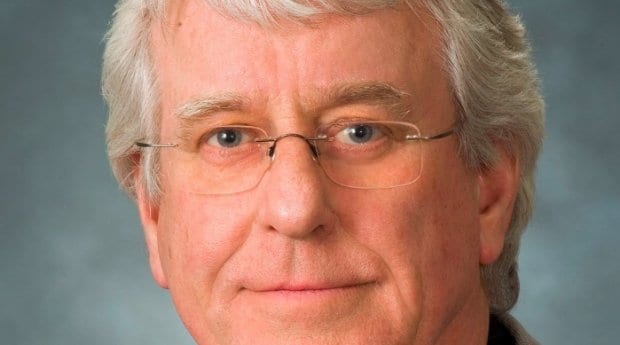New HIV diagnoses have been steadily increasing among gay and bisexual men born between 1980 and 1999, says a report released by BC’s chief medical health officer July 14.
Overall, the report notes, gay and bisexual men of all ages still account for a disproportionate number of new HIV cases in BC when compared with other risk groups. In 2011, gay and bisexual men accounted for 57 percent of new HIV infections and 45 percent of all people known to be living with HIV in BC.
Such figures indicate no meaningful improvement in a decade, according to the study, entitled “HIV, Stigma and Society: Tackling a Complex Epidemic and Renewing HIV Prevention for Gay and Bisexual Men in British Columbia,” which calls for a holistic approach to dealing with HIV and urges government to prioritize developing a comprehensive health strategy for this exposure group.
“While many communities in British Columbia are seeing a dramatic decline in HIV infections thanks to harm reduction and prevention programs, and advancements in diagnosis and treatment, the sub-population of gay and bisexual men is not experiencing this reduction,” provincial health officer Dr Perry Kendall says in a press release. “The aim of these recommendations is to renew the focus on prevention and treatment of HIV in this population, better address underlying causes of this epidemic, and work together to create meaningful decreases in HIV incidence and prevalence.”
Dr Mark Gilbert, of the BC Centre for Disease Control, adds that preventing infection entails shifting focus to address the continued stigma related to both HIV and sexual orientation, which he notes are among the drivers of the epidemic.
Vancouver’s Health Initiative for Men (HIM) applauds the report and the work of Kendall and Gilbert, its lead researchers. “We think this report is fantastic,” HIM program manager Jody Jollimore says.
Olivier Ferlatte, of the Community-Based Research Centre for Gay Men’s Health, agrees. “The HIV epidemic is complex . . . and requires a very complex response,” he says.
“Now we have to see how the government responds,” he adds. “We need an HIV-prevention strategy. We haven’t had one since the beginning of the epidemic. Governments don’t care. The gay community hasn’t been very good at holding people accountable.”
The report says younger men (those born in 1980 or later) make up 44 percent of new diagnoses, compared to 28 percent among men born 1960 to 1979 and 13 percent among men born before 1960.
“Young gay men seem to be very unaware of HIV protection,” Ferlatte says. “This is a great opportunity to see some change.”
The highest concentration of new diagnoses among gay and bisexual men is in the Vancouver Coastal area, at 65 percent. The concentration is significantly lower in the Fraser Valley, at 37 percent; the Interior, at 32 percent, Vancouver Island, at 30 percent; and northern BC, with seven percent.
Jollimore notes that young gay men come to the Vancouver region from across Canada. That means HIV education has to start in other areas as well, he points out, ideally at younger ages before those migrations begin.
Kendall would like to see more collaboration between the ministries of health and education, regional health authorities, provincial education partners and other key stakeholders on the development of a comprehensive sexual- and reproductive-health education strategy for BC.
He also recommends improving support for mental health and substance use among gay and bisexual men, revisiting prosecutorial guidelines pertaining to HIV, and expanding research and monitoring for HIV prevention among gay and bisexual men.
Groups consulted for the report’s research highlighted the need for additional emphasis on six groups of gay and bisexual men: HIV-positive men; aboriginal and two-spirit men; other ethnocultural minority men; young gay and bisexual men; men in suburban, rural and remote regions; and gay and bisexual men in active sexual networks.
“I’m really excited to start working on the societal approaches, like stigma, discrimination, racism, the large structural issues and how they impact HIV,” Jollimore says.
He says those should include long-term strategies for mental health and substance abuse issues.
“This is completely in line with the work we’re trying to accomplish,” Jollimore says of the report’s suggestions.

 Why you can trust Xtra
Why you can trust Xtra


